Are Organic Mattresses Worth It?

There was a time when falling asleep wasn’t an issue for me: futon, couch, airplane seat, even hardwood floors – any surface would do! Can you relate? Nowadays, however, I seem to be challenged by not only falling asleep, but also staying fast asleep through the night. And I’ll do anything to help myself have an uninterrupted night of sleep because a restful night has a significant impact on my mood, productivity, energy level, and physical and mental wellness.
In order to get a better night’s sleep, I purchased a non-toxic organic mattress. (Another thing I did was incorporate CBD hemp oil into my daily routine.) Read on to find out if investing in a high-quality non-toxic mattress made with natural materials has turned out to be beneficial for me. Also, learn why there’s a growing demand for organic mattresses, whether organic mattresses are worth it, and which organic mattresses I consider the best on the market today.
Are Organic Mattresses Worth It?
Normally, the question about the “worth” of a product is related to its price. I believe that the question, “Are organic mattresses worth it?” arises from a stereotype that organic mattresses are much more expensive than non-organic ones. However, that’s not always the case. In fact, I’ve seen all sorts of variations: organic mattresses costing much more than conventional mattresses, conventional mattresses costing more than some organic mattresses, and some organic mattresses being more affordable than other organic mattresses and at the same time, costing as much as some conventional mattresses.
Therefore, when it comes to the “worth” of an organic product, I prefer to look at it from the perspective of “value” rather than “cost.” Indeed, “What am I getting out of it?” seems a more logical question to me than “What am I putting into it?”
As I’m still in the process of recovering from an autoimmune disease, having peace of mind that I’m sleeping on a safe mattress without having to inhale off-gassing potentially toxic chemicals 8 hours a day, 56 hours a week, and 2,912 hours a year is definitely worth it. If you divide the price of your mattress by the number of sleep hours you’ll get out of it, you’ll be surprised how low the cost is. And when you know what materials go into your organic mattress and how they benefit your health, you’ll feel even better.
What Is An Organic Mattress Made Of?
To begin, I have been studying the mattress industry since 2012. I do a lot of research, studying, and reading scientific resources and databases as well as regulatory information. This helps me know how the products are made and what they should and should not contain. Then, I share this knowledge with you so you can make informed purchasing decisions. (You can learn more about my research method here.)
As more and more people try to shop conscientiously and buy sustainable products, I have noticed that the demand for organic mattresses has grown. Today, the best certification your mattress can have is the Global Organic Textile Standard (GOTS) certification. (Use the GOTS suppliers database to see if the company of your interest has it.) Also, remember that you want your mattress to be certified organic as a whole piece, not partially (e.g., not just the organic cotton cover).
Typically, organic mattresses include some of the following certified organic materials:
- GOTS certified organic cotton
- GOTS certified organic wool
- GOTS certified organic hemp
- polylactic acid (PLA)
- organic coconut fibers
- stainless steel for coils, and
- natural latex foam (e.g., Global Organic Latex Standard (GOLS)-certified Dunlop latex or FSC® certified Dunlop or Talalay latex).
To clarify, polylactic acid (PLA) is derived from non-GMO plant starch through the process of fermentation. It both meets the Greenguard Gold standard and has GOTS approval for use in organic mattresses. And if you are concerned with stainless steel coils in your mattress, please read my Best Organic Mattress Review where I elaborate on this subject.
How are these materials different from those in conventional mattresses? We’ll talk about that next!
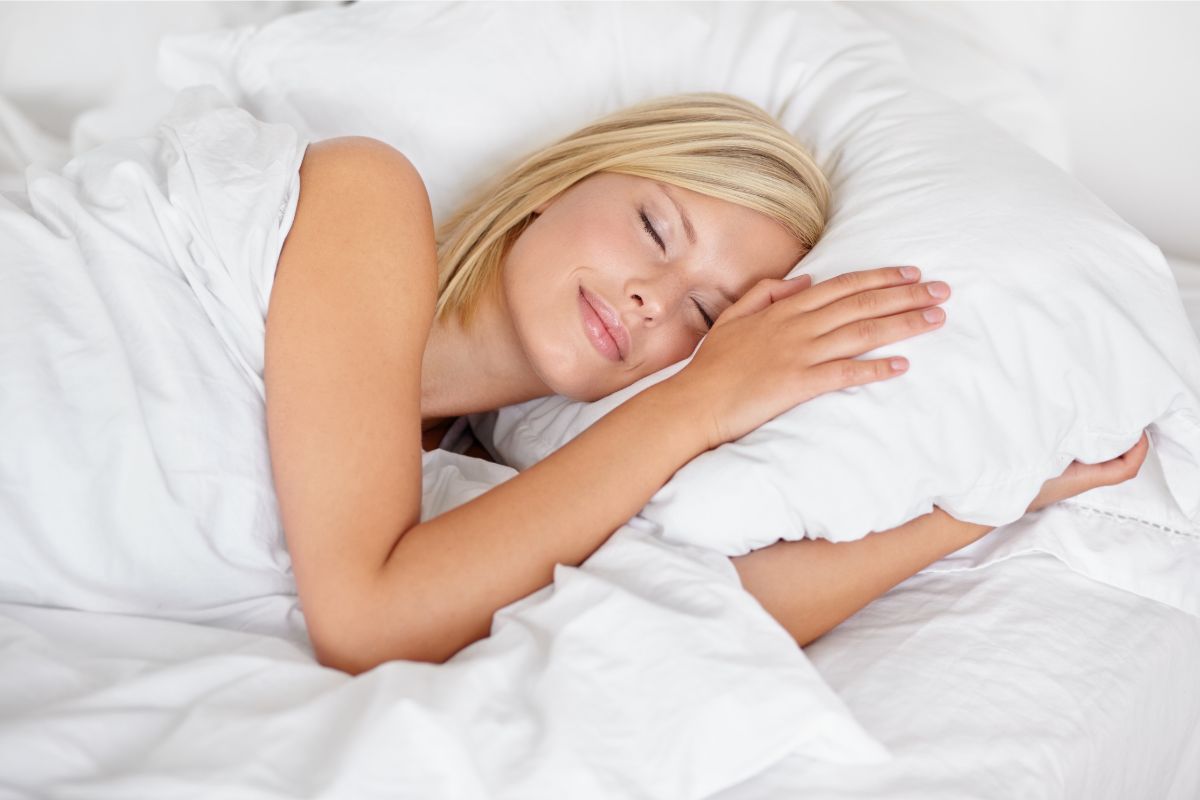
Why Buy An Organic Mattress
Before buying an organic mattress, I spent a year (!) researching the mattress industry. I asked all kinds of questions of various mattress companies and retailers. (I elaborate on that in my post How To Buy A Non-Toxic Mattress.)
After looking into all possible certifications a mattress can obtain, I can tell you that GOTS is the strictest certification available in the mattress industry. (You can read more about other certificates in my post Two Keys To Buying An Affordable Non-Toxic Mattress.)
In my opinion, some of the most important reasons to buy a GOTS-certified organic mattress include:
- presence of third-party verification
- absence of toxic flame retardants
- absence of polyurethane foam
- absence of synthetic latex.
Let’s discuss each of these points.
Importance Of Third-Party Verification
For starters, the standards for material safety established by GOTS are pretty high. As I mentioned above, among other things, GOTS checks for (and doesn’t allow) toxic chemical flame retardants, polyurethane foam, soybean foam, synthetic latex, toxic adhesives, and some other materials in mattresses.
Additionally, GOTS inspects and certifies the facility where the mattresses are manufactured as well.
Moreover, GOTS assures that not only the mattress, but also the entire production process (from sourcing to distribution) adheres to GOTS standards.
Most importantly, GOTS is a third-party verifying agency, meaning that it reviews documentation on each material that goes into the mattress. As I see it, if you choose to buy a mattress that claims to be “organic,” but this fact is not verified by GOTS, you just blindly rely on the words of the mattress company.
For example, when the company describes their mattresses as “toxic flame-retardant-free,” how can you, as a customer, be sure of that? Without third-party verification, you’d just have to believe what the company tells you. Of course, you can somehow (how indeed?!) investigate this issue yourself. Personally, I’d rather GOTS (as a third-party agency) did this job for me.
Even when some parts of the mattress are GOTS-certified, there is no guarantee that there are no toxic flame retardants. To prove that it is free of harmful chemicals as well as polyurethane foam, the mattress must be GOTS-certified organic as an entire piece. Specifically, you need to ensure that not only cotton cover or wool are certified organic by GOTS. That’s not enough. You want to be able to see mattress models listed on the GOTS certificate.
No Toxic Flame Retardants In GOTS-Certified Organic Mattresses
To begin, conventional mattresses typically contain petroleum-based polyurethane foam that is highly flammable. As a result, manufacturers must find a way for their polyurethane foam mattresses to pass the Federal Open Flame Mattress Flammability Standard, 16 CFR 1633. In other words, they must somehow ensure that the mattress does not catch fire. One of the ways to achieve that is to add flame retardant chemicals to the mattress, many of which are toxic.
While mattress manufacturers are not required by law to disclose the flame retardants they use in their products, we know of some chemicals that mattress manufacturers use as flame retardants, including:
- antimony trioxide
- boric acid
- fiberglass, and
- PBDEs.
Antimony Trioxide
According to the National Toxicology Program (NTP), antimony trioxide is a chemical added to some flame-retardant chemicals to make them more effective in consumer products. The latter include upholstered furniture, textiles, mattresses, carpeting, plastics, and children’s pajamas. (Check out toxic flame retardant-free pajamas here.)
After conducting a cancer hazard assessment of antimony trioxide, the NTP concluded that it is “reasonably anticipated to be a human carcinogen” based on sufficient evidence of carcinogenicity from animal studies. At the same time, the NTP emphasized that the data available from human studies are inadequate to evaluate the connection between human cancer and exposure to antimony trioxide.
Boric Acid
Some companies use boric acid as a flame retardant for their products. There is a scientific opinion that borates may be an effective halogen-free flame retardant solution.
While I haven’t found any studies on the health effects of boric acid as a flame retardant in mattresses, I invite you to take into consideration the following facts. First, be aware that borates are used as poison for rats. Second, the EU has banned boric acid in skincare products for children younger than 3 years old. Third, flame retardants can come out of your mattress as dust which you and your kids may inhale and ingest. (You can learn more in my blog post on boric acid.)
Fiberglass
According to the National Capital Poison Center (NCPC), fiberglass is a type of man-made mineral fiber composed of silica sand, limestone, recycled glass, and soda ash. It can also be referred to as man-made vitreous fibers (MMVF), glass fiber, or glass wool, and is a cost-effective and long-lasting material used as a flame-retardant agent due to its heat-resistant properties.
As for its health effects, fiberglass may irritate the eyes, skin, and lungs as well as cause rashes, itching, blisters, lung inflammation, and bronchiolitis in the short term. Long-term exposure is associated with lung disease, including pulmonary fibrosis.
In mattresses, fiberglass may be present within foam or covers. Keep in mind that if a mattress is certified as free of heavy metals and toxic flame retardants, it may apply to the mattress foam only. In other words, fiberglass may still be present in mattress covers.
Thus, in this experiment, researchers analyzed the covers of four newly purchased mattresses and discovered that two of the mattress covers contained over 50% fiberglass in their inner sock layers. They further noted that up to 1% of the fiberglass had migrated to the adjacent fabric layers, representing a potential risk of consumer exposure through inhalation if the outer cover was unzipped.
Personally, I wouldn’t risk it, especially when there are kids in the house, as they tend to jump on beds.
PBDEs
According to the Agency for Toxic Substances and Disease Registry (ATSDR), polybrominated diphenyl ethers (PBDEs) are mixtures of several brominated substances rather than a single chemical compound. Some products that contain PBDEs include older televisions, computers, and furniture containing polyurethane foam. At home, the primary route of exposure to PBDEs would be from ingestion of contaminated dust.
As for health effects, the National Library of Medicine features several studies into the effects of PBDEs on the male reproductive system (e.g., here and here). Additionally, this review of exposure pathways, levels and toxicity of PBDEs states that human data demonstrates endocrine disruption, developmental, and carcinogenic effects among different populations.
Luckily, there are ways to decrease your exposure to PBDEs, such as regular hand washing as well as regular vacuuming and cleaning of air ducts and filters to reduce indoor dust levels. Also, you can replace the older products (TV, computer, mattress, furniture) with newer ones that do not contain PBDEs. In the case of mattresses, they should not contain polyurethane foam.

No Polyurethane Foam In Certified Organic Mattresses
To start with, polyurethane foam is made with polyol, a type of alcohol, and diisocyanate, a derivative of petroleum. The US National Toxicology Program classifies the latter as “reasonably to be anticipated as a human carcinogen” (source).
Second, polyurethane foam may emit potentially toxic volatile organic compounds (VOCs). These may contribute to both short-term and long-term problems, such as headaches, allergies, endocrine disruption, and even cancer. Given you spend on average 8 hours a day on your mattress (and your baby – even more), it seems to be a big deal because you do not want to breathe in harmful substances. In fact, according to this study, body heat increases the emissions from mattresses significantly.
In addition, because polyurethane foam is highly flammable, it is often treated with most toxic flame retardants (source).
By the way, CertiPUR-US, a polyurethane foam industry certification, certifies that polyurethane foam is free of formaldehyde and phthalates. However, it does not address many other chemicals in polyurethane foam (source). Therefore, I don’t believe that CertiPUR-US certification equals “safety.” You can read more about that in my blog post about polyurethane foam.
Also note that “memory foam,” “soybean foam,” “viscoelastic foam,” “gel flex,” “BioFoam,” and other similar terms are usually used as a marketing disguise for polyurethane foam.
No Synthetic Latex In Organic Mattresses
Sometimes, synthetic latex is used in non-organic latex mattresses. They make synthetic latex from carcinogenic butadiene and carcinogenic styrene, both of which are petrochemicals (source).
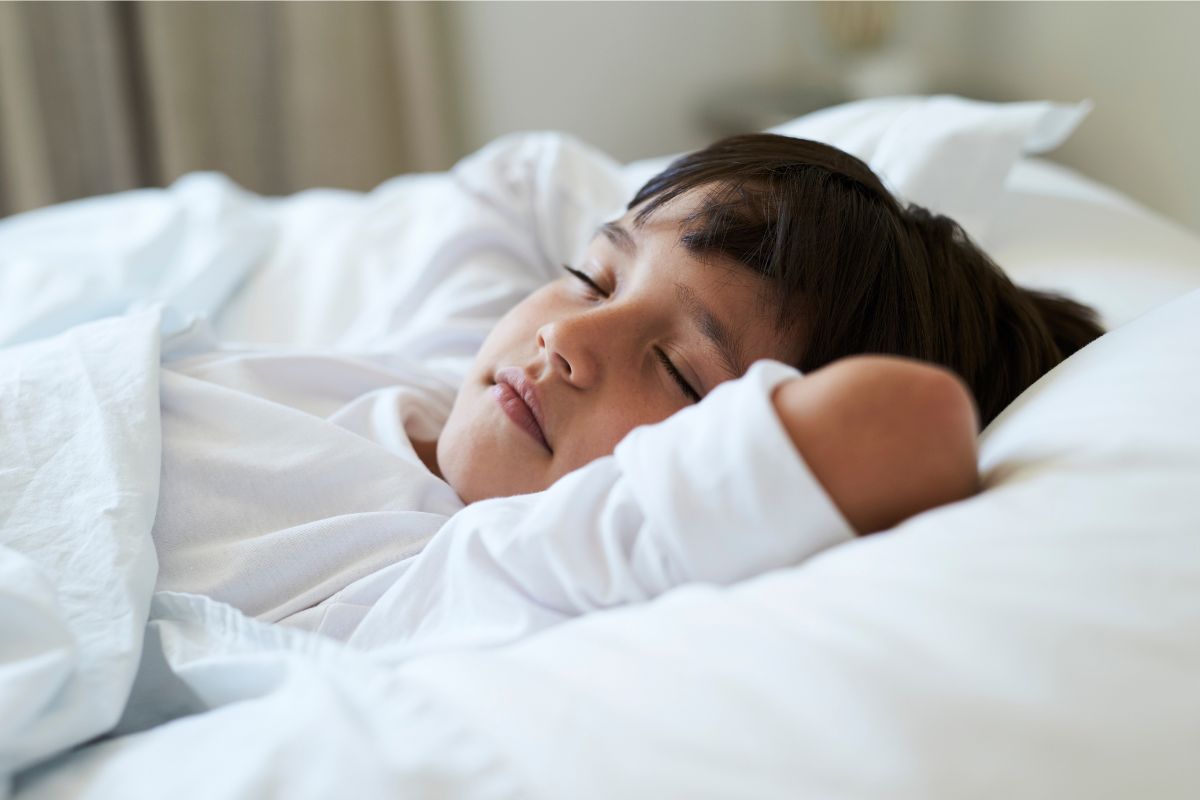
Best Organic Mattresses
As I’ve already mentioned, it took me a whole year to find a perfect eco-friendly mattress for our bedroom. Once I started studying the mattresses, I couldn’t stop until I was able to understand how mattresses are made.
Undoubtedly, one of the main founders and leaders of the organic mattress industry is Barry Cik, the founder of Naturepedic and Happsy. Back then when other mattress sellers rolled their eyes at my questions, Mr. Cik even met with me in person to answer all my questions in minute detail. Hence, my two best picks for organic mattresses are high-quality eco-friendly Naturepedic (IREAD15 for 15% off) and Happsy (IRL225 for $225 off).
First, both companies manufacture mattresses that are eligible for GOTS certification as an entire piece. In other words, not only are they made with certified organic materials, but also the whole mattress is GOTS-certified as organic. You can find their certifications by typing the company’s name in the GOTS certified suppliers database. This means Naturepedic and Happsy mattresses are as safe as organic mattresses can be.
Second, I trust these companies based on numerous interviews I have enjoyed with Mr. Cik, which demonstrated his integrity and expertise. Hence, I believe that both Naturepedic and Happsy stay true to the GOTS standards with every mattress they make.
I have selected these two brands because, in my opinion, they manufacture only organic mattresses and are committed to sustainable organic practices. And they do not have sister or parent brands selling polyurethane foam mattresses.
Naturepedic
At the time I purchased my Naturepedic EOS Classic organic mattress (IREAD15 for 15% off), Naturepedic was the only company whose mattresses were GOTS-certified organic as entire pieces, not just their cotton covers. Nowadays, we have super comfortable Naturepedic mattresses in every bedroom of our house.
To begin, all GOTS-certified organic Naturepedic mattress models (as well as pillows and pet beds) are made in the US (Ohio).
The GOTS certification proves that there are no harmful flame retardants, synthetic latex, or other GOTS-unapproved substances in the mattresses that are made with the following materials:
- GOTS certified organic cotton and wool (they also make wool-free vegan mattresses)
- natural latex (GOTS-approved, GOLS or FSC-certified)
- polylactic acid (PLA), and
- stainless steel coils.
The most outstanding feature of Naturepedic mattresses is the customization of comfort. You can choose a mattress with or without wool, with or without springs, with or without latex as well as with the degree of firmness that suits you best. Moreover, you can customize the firmness for each side of your bed and have one side firmer and the other side softer (we did that with our mattress).
The price range is:
- $1,399 – $5,799 (depending on size and model)
- $799 – $1,499 (kids)
- $269 – $499 (crib mattresses)
If before buying an organic mattress, you prefer to lie down on it, visit your local store to do so. However, to take advantage of Naturepedic’s great warranties and generous return policies, I recommend you purchase from the Naturepedic website directly and get your mattress in a box. This will also give you an opportunity to use my generous 15% discount code IREAD15.
Happsy
Happsy is an eco-friendly budget-conscious mattress option for some people who are looking to buy a GOTS-certified organic mattress. Be assured that the quality of the materials is not sacrificed. Happsy mattresses are made with:
- GOTS certified organic cotton and wool (natural fire barrier)
- pocketed stainless steel coils, and
- natural latex foam certified to FSC and GOLS and approved by GOTS.
Just as in Naturepedic mattresses, there are no harmful flame retardants, synthetic latex, and other unwanted substances in Happsy organic mattresses.
The difference between Naturepedic and Happsy is that Happsy mattresses come only in one firmness which is “medium.” You can buy a topper to make it a bit softer, though. Based on my clients’ experience, most people need a softer mattress than they originally thought.
Also, Happsy mattresses are sold only online, which is what makes them so affordable because they avoid numerous retail expenses.
The price range is:
- $899 – $1,699 (depending on size).
You can purchase your GOTS-certified organic Happsy mattress here with my generous discount code IRL225 for $225 off. If anything, they have a 120-day return policy and company-paid return shipping, which is a great deal.

Other Organic Mattresses
There are some other mattresses on the market that are known to be organic. Be sure to check their GOTS certificate by typing the company’s name in the GOTS certified suppliers database. Click on “details” in the right-hand corner to see exactly which of their products or materials are GOTS-certified.
Note that some mattresses may not carry a GOTS certification for the entire mattress, and yet people believe that they are “organic” because some parts of the mattress are certified organic. Please refer to the section “Importance Of Third Party Verification” in this blog post to see why I underscore the importance of GOTS certification for the entire product, not just its parts.
Anyway, some other brands known to carry organic mattresses include:
- Avocado Green Mattress (read about Avocado class action lawsuit)
- Awara
- Birch
- Eco Terra
- Essentia
- Latex For Less
- My Green Mattress
- Organic Mattresses, Inc. (OMI)
- Plush Beds
Avocado Green Mattress
The materials used in Avocado Green mattresses include:
- GOLS-certified organic Dunlop latex
- FSC-certified Talalay latex
- GOTS-certified organic wool and cotton
- steel coils.
The mattresses come in firm, medium, and plush comfort level, and the price range is:
- $1,399 – $3,999 (depending on size and model).
If you are thinking about buying an organic mattress from Avocado Green, there are some things to take into consideration.
First, Avocado Green has a sister brand called “Brentwood Home” that manufactures mattresses with memory polyurethane foam. We don’t know if they use the same or different facility to make organic and memory foam mattresses. If they use the same facility, there is an issue of potential cross contamination. Personally, I am weary of brands that can go either way and do not fully commit to safety and sustainability.
Second, there was a class action lawsuit against Avocado alleging false advertisement. You can read about the lawsuit and what my husband-the-attorney thinks about it here.
Awara Mattresses
The materials include:
- FSC-certified organic Dunlop latex
- organic cotton (certifying agency not mentioned)
- New Zealand organic wool
- steel coils.
The comfort level is medium-firm, and price range is:
- $949 – $1,614.
Most importantly, Awara mattresses are not certified by GOTS as an entire piece. In other words, there is no third-party certification. There is no way for us as customers to make sure their mattresses are free of toxic flame retardants or have certifications for the latex, cotton, and wool they use in their mattresses. Without third-party verification, we have to take them at their word.
Birch Living Mattresses
Based on the information on their website, the materials include:
- New Zealand organic wool (certifying agency not mentioned)
- GOTS certified organic cashmere
- GOTS certified organic cotton
- steel coils, and
- Talalay latex.
The price range is:
- $842 – $1,373 (kids)
- $1,592 – $3,748 for Birch Luxe Natural mattresses (depending on size and model).
Note that the comfort level is only medium. As I have mentioned, people end up wishing they’d bought a softer mattress than the one they did. That’s why I appreciate the customizable comfort level offered by Naturepedic (IREAD15).
It is important to note that judging by their GOTS certificate, their parent company is “Brooklyn Bedding.” This company produces mattresses with polyurethane foam and flame retardants. In other words, I believe, Birch mattresses might be manufactured in the same facility as where polyurethane foam mattresses are made.

Eco Terra
Reportedly, the materials for Eco Terra mattresses include:
- GOTS-certified organic cotton and wool
- GOLS-certified Dunlop latex, and
- steel coils.
The comfort level is medium to medium-firm, and the price range is:
- $699 – $1,299.
It is important to note that, though made with certified organic materials, it is unclear to me whether Eco Terra mattresses are GOTS-certified organic for the entire piece. It means we cannot be sure that their mattresses are free of toxic flame retardants and other concerning materials that are not allowed by GOTS.
Note that the GOTS certification they point to is owned by Sleep Technologies, Inc., dba The Natural Latex Company. In other words, Eco Terra does not seem to have a GOTS certification of their own. Also, this company is associated with Plush Beds, which sells polyurethane foam mattresses on their website.
Essentia Mattresses
The company is headquartered in Canada. The mattress materials include:
- GOTS-certified organic cotton
- Kevlar fabric liner (flame barrier)
- Beyond Latex™ organic foam with activated quartz
- GOLS-certified organic latex.
The comfort level is firm, medium, and soft, and the price range is:
- $2,448- $6,545 (adult)
- $1,428 – $1,758 (kids)
- $699 (crib).
Note that the prices for Naturepedic kids and crib mattresses are much lower (IREAD15 for 15% off). Besides, Naturepedic ships to Canada.
Shortly after Essentia was founded, Dr. Hyman started promoting their mattresses as “organic” when in fact they were not GOTS-certified organic at the time. Simply put, I didn’t like that.
Now, many years later, I am still not convinced that Essentia mattresses are certified by GOTS as an entire piece (not just their covers) for several reasons.
First, both the GOTS website and the certificate list “mattresses” without specifying the mattress models. Essentia sells a variety of mattresses, so we don’t know which specific mattresses are certified by GOTS.
Second, on their website, Essentia has conflicting information. On the mattress product pages, they state “All Essentia mattresses, pillows, pet beds, and crib mattresses are made in our GOLS and GOTS certified organic (#CU 847578) factory.” But, on the “certifications” page, they state that all their mattresses are “GOTS-certified organic.”
Third, Essentia created their own initiative that they call their “Beyond Organic® Standard.” In other words, this is NOT an independent standard/certification. In my opinion, this could mislead some people into thinking that it was an independent certifying agency that awarded the designation whereas in fact it seems to be self-bestowed (not everybody pays as close attention to these things as I do!).
Lastly, I have been researching the mattress industry for more than a decade now. Yet, never before have I come across the materials Essentia uses, namely “foam with activated quartz” and “Kevlar fabric liner (flame barrier).” I have no idea what they are. We simply must trust that they are non-toxic and allergy-free as they describe them.
In sum, I am not comfortable recommending Essentia mattresses to you.
Latex For Less
Latex for Less mattresses are manufactured by the same company (namely, Sleep Technologies, Inc., dba The Natural Latex Company) as Eco Terra and Plush Beds. The materials include:
- GOTS-certified organic cotton and wool
- GOLS-certified Dunlop latex, and
- steel coils.
The comfort level is soft, medium, and firm, and the price range is:
- $524 – $2,099.
Just as with Eco Terra mattresses, it is unclear whether Latex for Less mattresses have GOTS certification for the entire mattresses. They point to the GOTS certification that is owned by Sleep Technologies, Inc., dba The Natural Latex Company. This company is associated with Plush Beds that sells polyurethane foam mattresses. Again, in my opinion, mattress brands that are associated with polyurethane foam mattresses are not fully committed to organic and sustainable practices.

My Green Mattress
First, My Green Mattress carries “hybrid” mattresses that utilize both coils and latex. In other words, they carry only latex mattresses, not latex-free. (For a latex-free mattress, check out my blog post Best Organic Latex-Free Mattress.)
The materials they use include:
- GOTS certified organic cotton and wool (natural fire barrier)
- organic coconut fibers
- stainless steel coils, and
- GOLS-certified Dunlop latex.
As for comfort, their mattresses provide medium comfort level. Based on the comments of my clients, though, I have made a conclusion that people end up wanting a softer mattress than they initially thought (and purchased). That’s’ why I really appreciate the fact that Naturepedic offers a comfort customization option: you can swap your mattress firmness layer after the purchase to achieve the level of comfort you like.
The price range is:
- $799 – $1,599 (Kiwi)
- $1,099 – $2,099 (Natural Escape), and
- $299 (Emily Crib).
Recently, I’ve learned that their parent company Quality Sleep Shop makes and sells mattresses with polyurethane foam. Personally, I am not comfortable with companies that can go both ways. However, I understand that some of you look for a low cost mattress, that’s why I have included My Green Mattress in this review.
Organic Mattresses, Inc.
Also known as OMI Mattresses, the company uses the following materials for their mattresses:
- GOLS-certified natural latex
- GOTS-certified organic cotton and wool
- pocket coils.
The comfort level is plush, medium, firm, and split (different for each side of the mattress). The price range is:
- $2,999 – $10,699.
These mattresses are more expensive than Naturepedic and Happsy mattresses. That’s why I have not promoted them.
Plush Beds
Along with Eco Terra and Latex for Less, Plush Beds mattresses are associated with Sleep Technologies, Inc., dba The Natural Latex Company. On the Plush Beds website, they offer organic, natural, and polyurethane foam mattresses. In my opinion, that signals a lack of commitment to organic and sustainable practices. That’s why I have not signed up for their affiliate program.
Based on the information on their website, Plush Beds mattress materials include:
- GOLS-certified Dunlop latex
- GOTS-certified organic cotton and wool
- steel coils.
The price range is:
- $1,199 – $4,598 (adult)
- $649 – $999 (kids).
And the comfort level is medium, medium-firm, and customizable.
Comparative Mattress Chart
Here is a handy chart summarizing the main features of the organic mattress above.
- Shop for Naturepedic with the IREAD15 discount code for 15% off!
- Shop for Happsy with the IRL225 discount code to get $225 off!
- Read about Avocado Green Mattress lawsuit here!
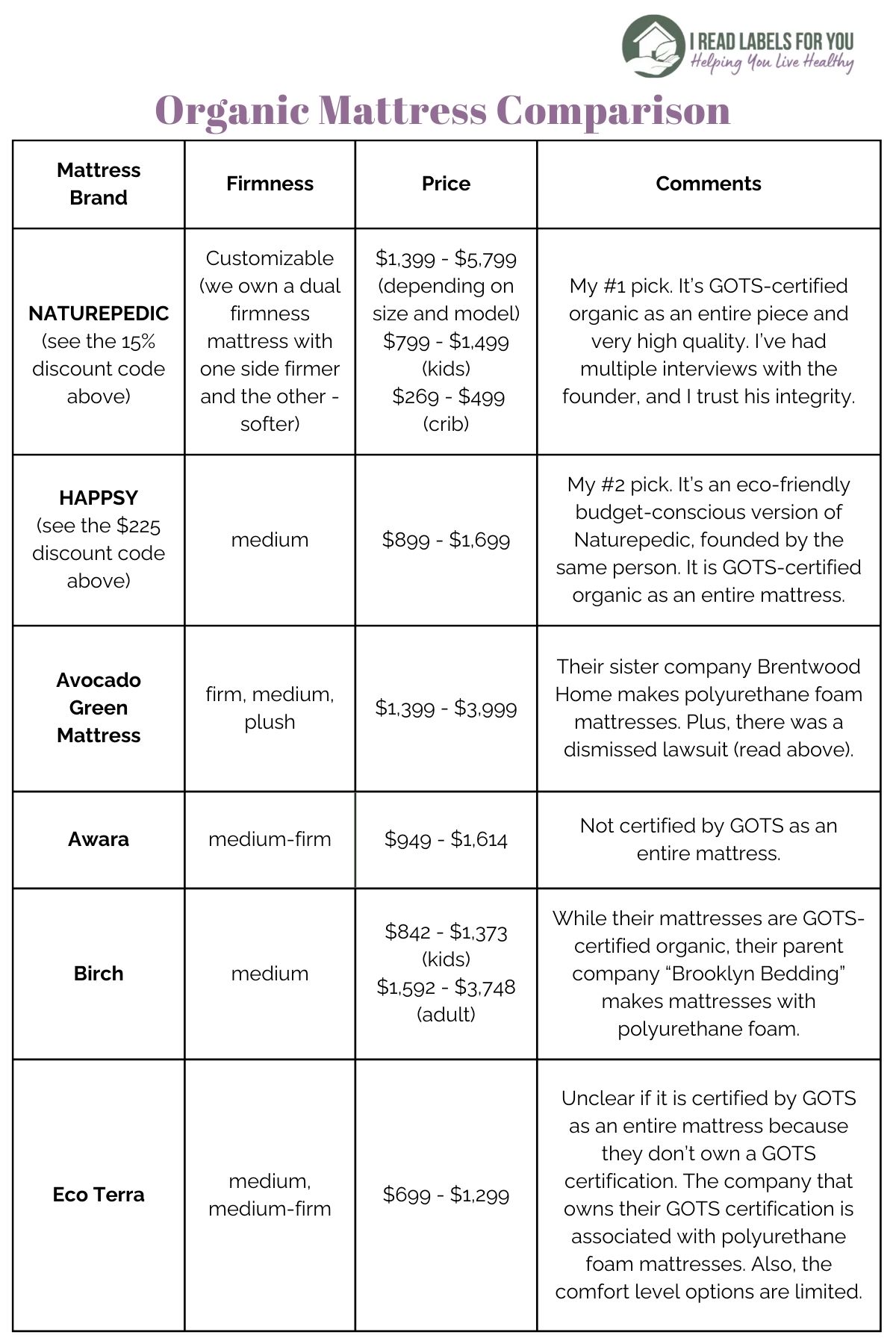
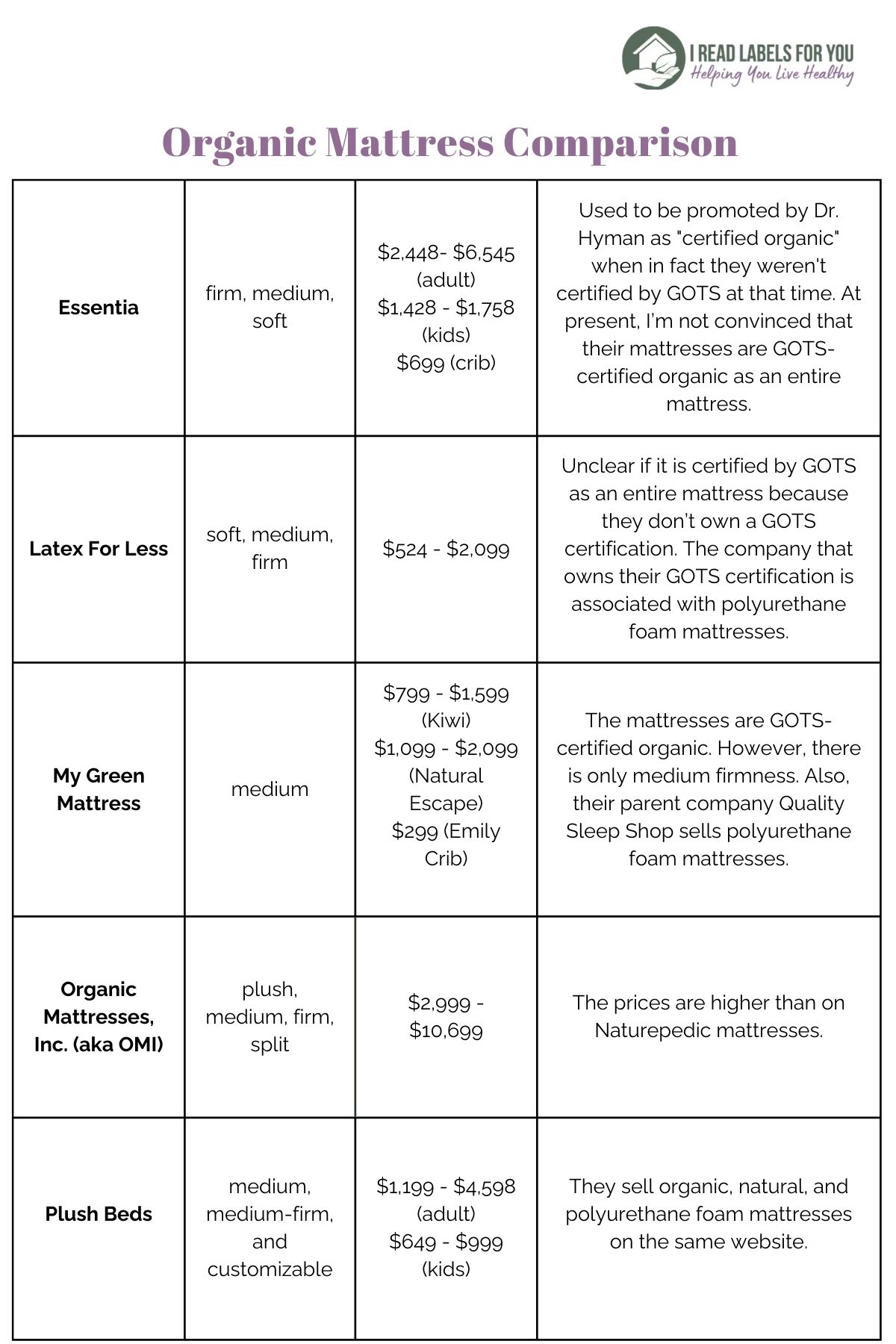
Conclusion About Organic Mattresses
GOTS-Certified Organic Mattresses Are Definitely Worth It As They Give You Peace Of Mind About Your Healthy Sleep And Turn Out To Be Cost-Effective.
To sum up, in my opinion, it is best to buy an organic mattress certified to the Global Organic Textile Standard for the following reasons.
First, GOTS makes sure GOTS-certified organic mattresses (as an entire piece, not just parts of it like cotton and wool) have no harmful flame retardants, polyurethane foam, soybean foam, toxic adhesives, and synthetic latex.
Second, GOTS is a 3rd party agency that verifies whether a company’s claims about their organic product are true. In other words, you do not have to just blindly rely on what the company says.
Third, with some basic calculations, you will find out that your organic mattress made of natural materials is more cost-effective than a conventional mattress made with concerning synthetic materials such as polyurethane foam or synthetic latex.
In addition, to have peace of mind that you (or your children) do not inhale or ingest potentially toxic chemicals in your sleep, I’d trust mattress companies that don’t have parent or sister brands that manufacture polyurethane foam mattresses more than those that shun that practice altogether. Indeed, peace of mind is a significant advantage because its opposite – stress – is the biggest toxin that affects your health in a negative way.
My two best picks for organic mattresses are Naturepedic (IREAD15 for 15% off) and Happsy (IRL225 for $225 off).
You are welcome to browse the I Read Labels For You blog for the latest posts and visit our shop for non-toxic products. Also, check out our e-books and book a consultation if you need help with healthy and low-stress living.
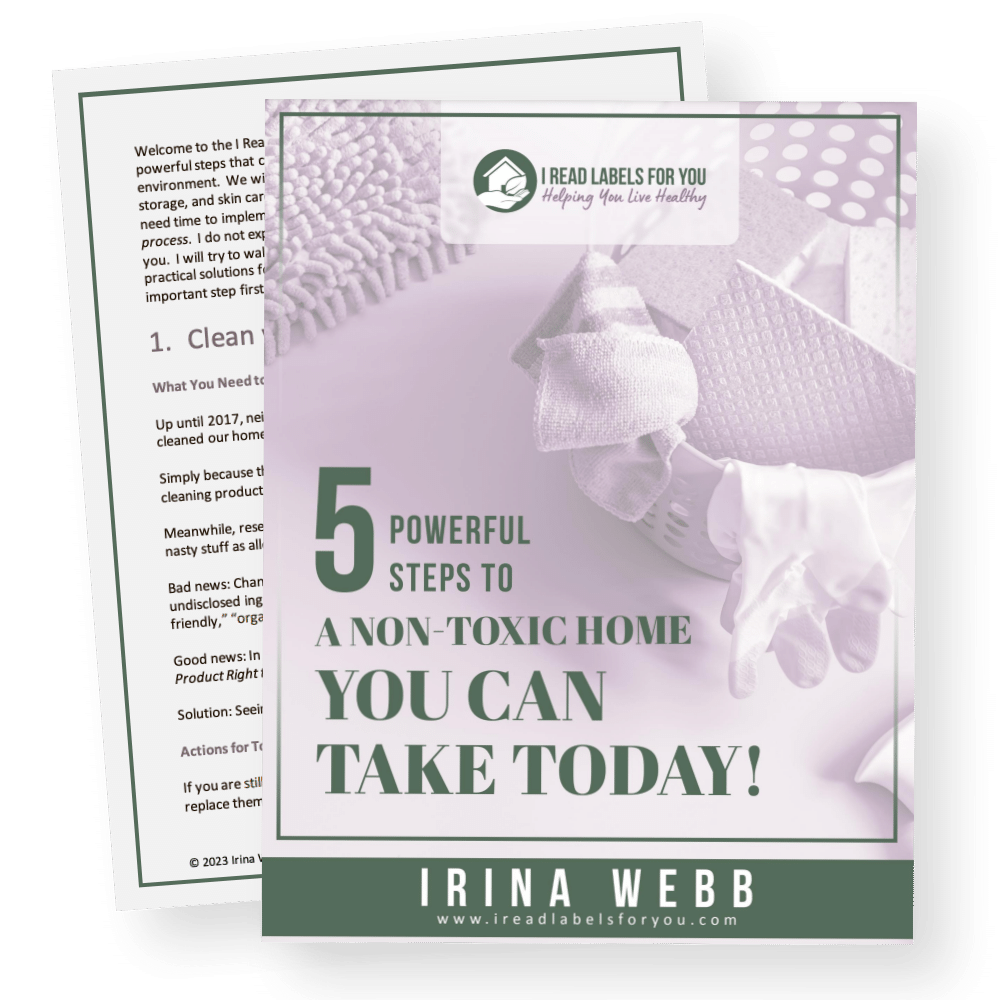
Download The Free Guide!
5 Powerful Steps To A Non-Toxic Home
Join our informed consumer community and get our free guide the “5 Powerful Steps To A Non-Toxic Home”.

 Written by
Written by 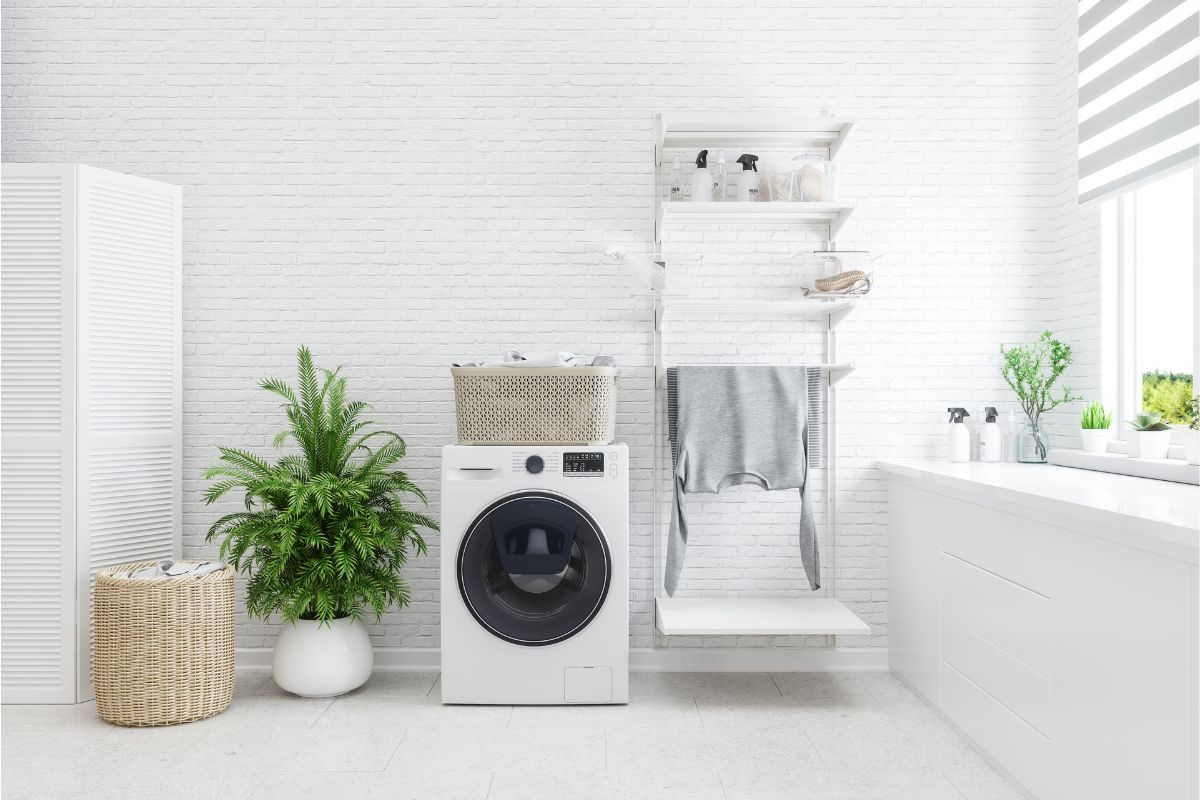
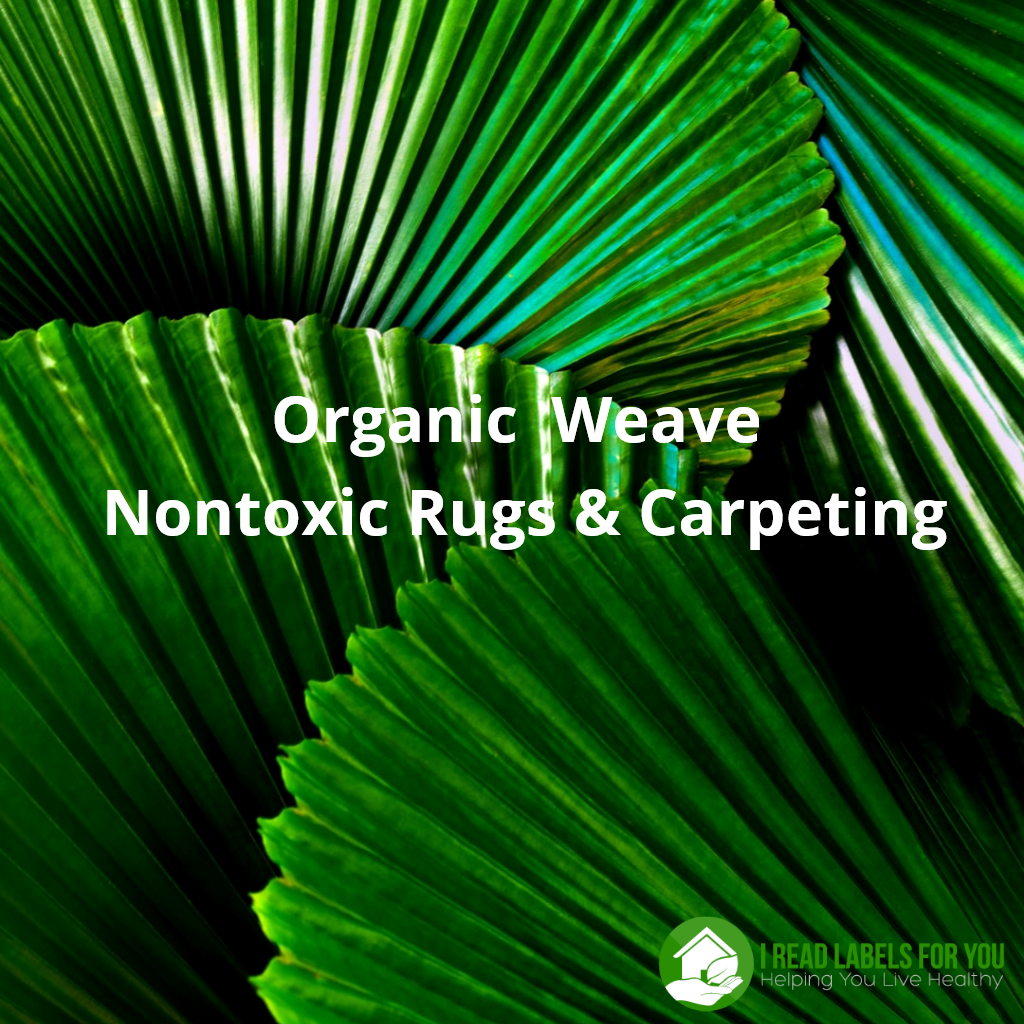
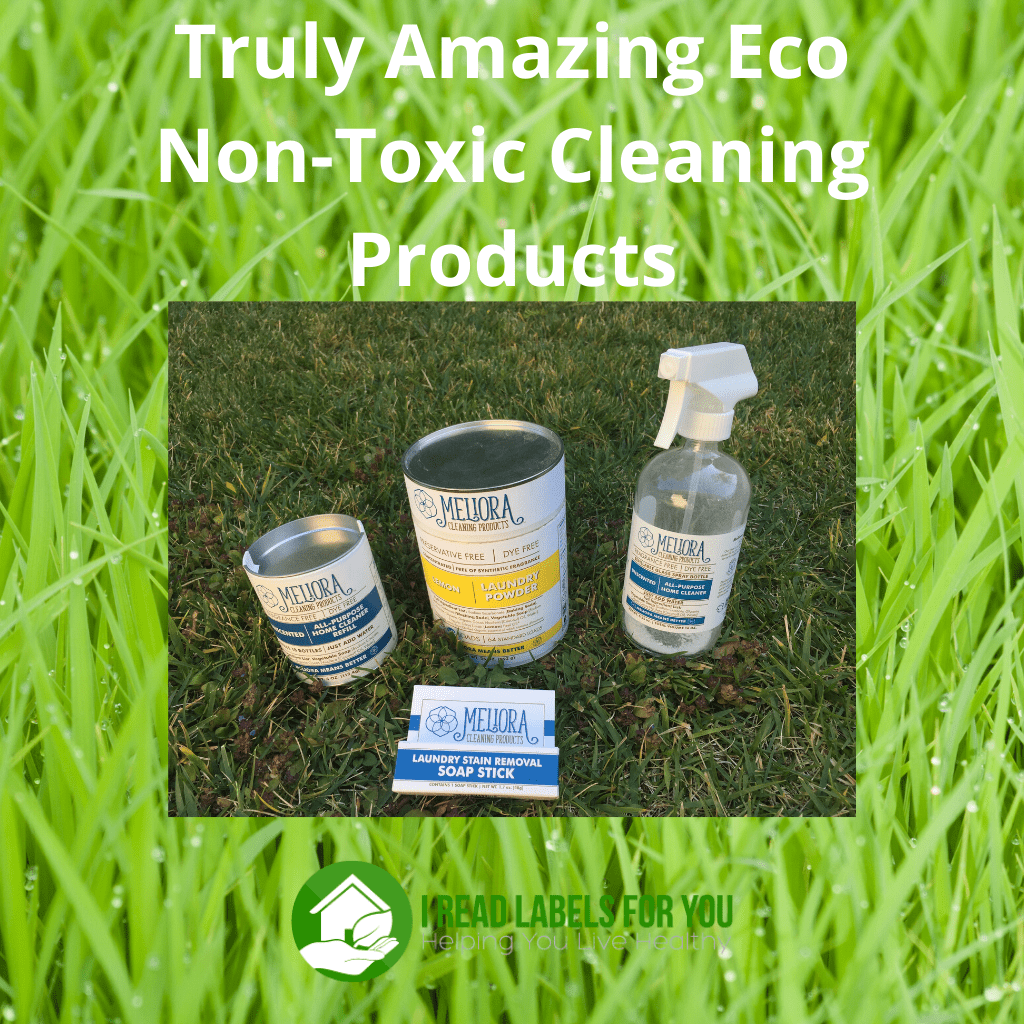
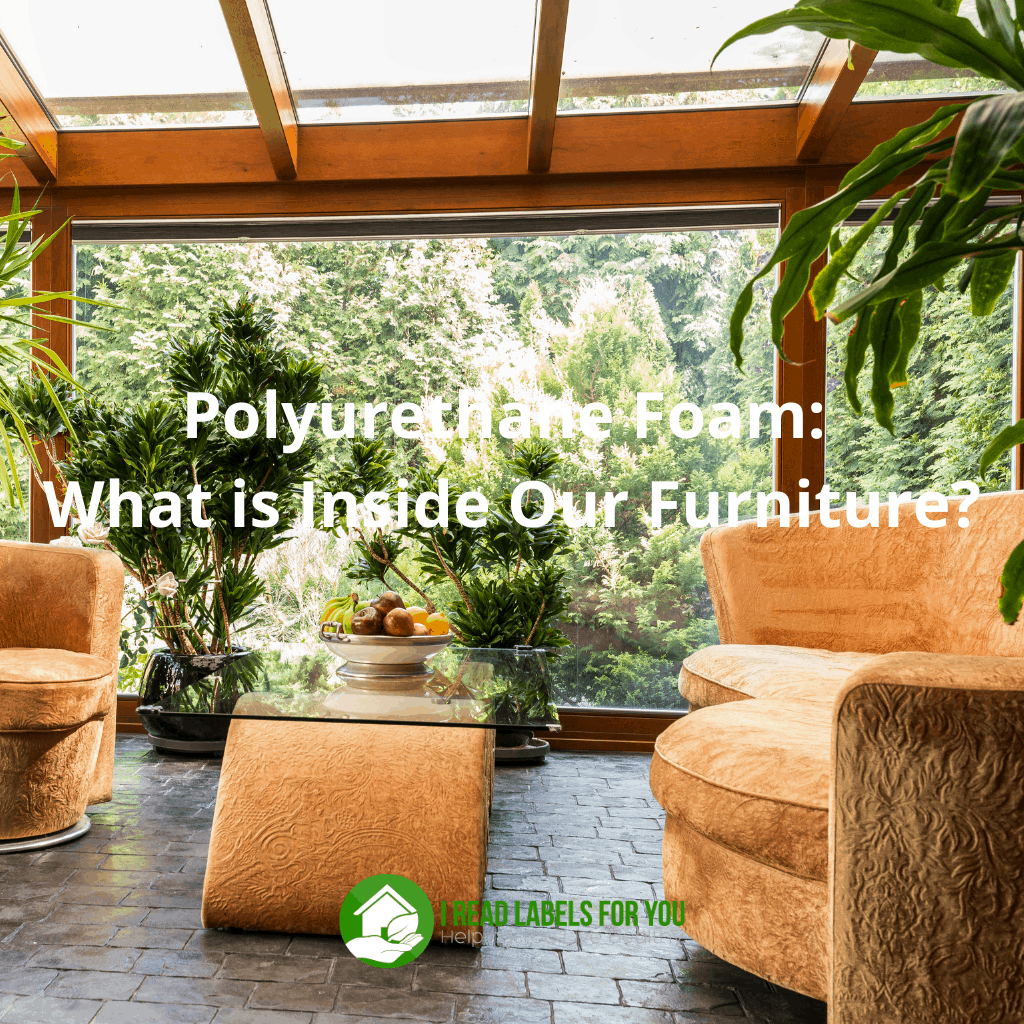


Before commenting, please read our Comment Policy.